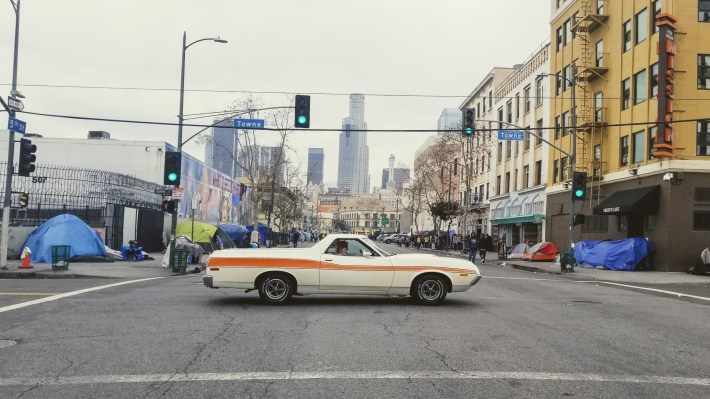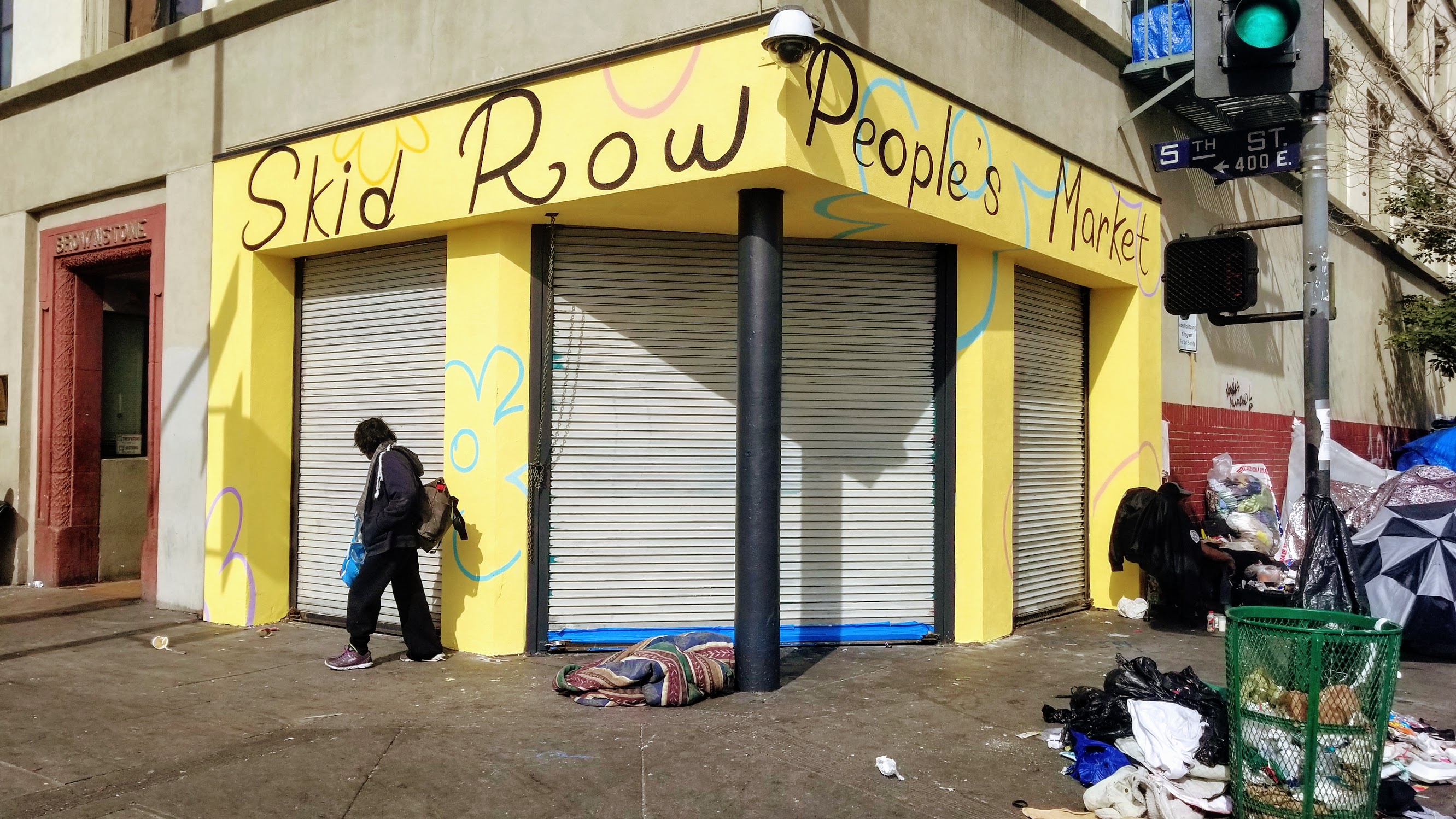[dropcap size=big]C[/dropcap]rimes against the homeless and the use of force by the LAPD against the homeless increased significantly last quarter, according to a report by the Los Angeles Police Department.
The LAPD attributes the increase in crimes against the homeless due to better data capturing and identification of homelessness but also “an actual increase in the number of persons experiencing homeless who are victims of crimes.”
The LAPD’s 4th quarter report on homelessness details quarter-to-quarter comparisons on law enforcement's interactions with the homeless. While overall crime in the city dropped a meager two percent in the 4th quarter of 2018, the homeless community saw a 52 percent increase during that same time period and last year, with a 68 percent increase in crimes when homeless Angelenos were victims, according to the report
More than 30 percent of all instances of the police using force in the 4th quarter of 2018 involved the homeless, a 15 percent increase over last quarter. By comparison, homeless outreach teams such as HOPE and RESET had dramatically lower rates of reportable use of force instances. Combined, homeless outreach teams had a .08 percent use of force for every contact.
RELATED: Homeless Encampments Face Cleanup Crews, Rain, and Loss of Property

[dropcap size=big]T[/dropcap]he summary also details the city’s role in homeless sweeps. In the last quarter of 2018, The Homeless Outreach Proactive Engagement or HOPE – a division of the LAPD which oversees the cleanups – “processed” over 2,200 tents, in addition to 476 tons of trash. The city spends an estimated 30 million on the cleanups annually, according to a report by LAist.
Homeless sweeps have become a contentious issue in neighborhoods like Koreatown. Last month, LA TACO profiled the heart-wrenching experiences of the unhoused dealing with these sweeps, while enduring historic rains.
The LAPD report acknowledges the significance of tents for the homeless community but also notes that they’ve seen an increase in the size of tents in the last quarter. “The challenge of larger tents coupled with additional attachments to the tents is taxing public property access. In instances, this becomes a public health hazard and safety issue. That adversely affects those who use public area for their intended purpose.”
Read the departments full 2018 4th quarter report on homelessness here.
RELATED: Homeless and Missing ~ How Privacy Rules Can Slow Searches For People Lost on the Streets







